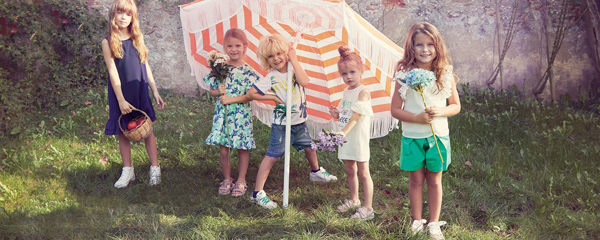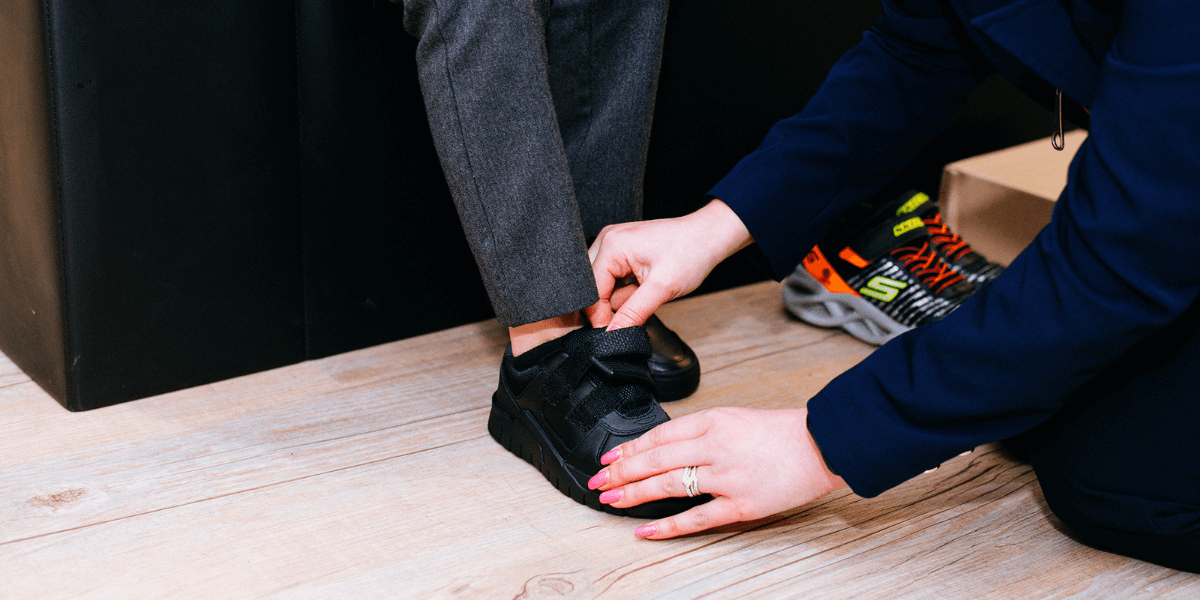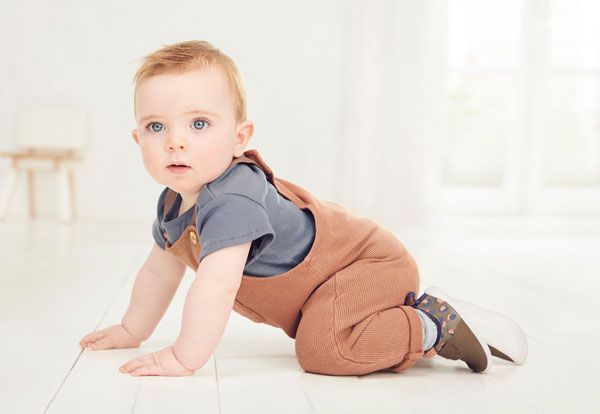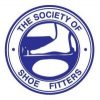How to Measure Kids Feet at Home – A Professional Guide
Looking for tips on how to measure your kids feet at home? As a children’s shoe fitting expert with years of experience, here are my top tips for measuring children’s feet. This provides general advice and detail on some of the potential pitfalls when measuring and fitting your child’s feet from home.
Begg Shoes is a member of the Children’s Foot Health register.
Should I Measure My Kids Feet at Home?
The first question to ask is ‘How do I check if my child’s shoes still fit properly?’ When it comes to your child’s feet, measuring is only the first part of the process. Measuring feet only provides a guide of where to start – e.g. how long is your foot. Measuring in one of our stores is the ideal starting point but far from the definitive in terms of telling us the right shoe.
Checking the fit of the shoes is the most important part of the process. The reason for this is that different styles and brands of shoes won’t always fit in the same size and don’t always fit true to size. Different last shapes (the moulds that shoes are made on) or even different materials can further alter the way they fit – narrow versus wide, as well as shallow versus deep.
In children’s shoe fitting stores, experience is extremely valuable and our qualified children’s shoe fitters are required to complete at least 50 cross-checked shoe fittings before we consider them qualified. This experience is practically very difficult to replicate at home since many children may only have between three and six pairs of shoes in an entire year. Please contact us and ask for more detailed tips and advice if you need us.
How To Check The Fit Of Your Childrens Shoes at Home
When children’s shoe fitting experts are not available the best advice we can give is to try to check the length of the existing shoes. Here’s how to do this:
- Before you start, stand your child in front of you barefoot and see which toes are the longest. It won’t always be the big toe!
- Now, socks back on and make sure the heels are secure at the back of the shoe with the fastenings secured.
- Then, with your child standing relaxed and straight, press gently but firmly enough so you can sense where you are touching on the foot.
- Move slowly down from the big joint towards the tip of the big toe. You should eventually feel the top of the big toe (the easiest to find) which may or may not be touching the front of the upper. Was this the longest toe? If not you need to establish where the longest toes end.
- If the longest toes are touching anywhere at the front, they are obviously too short. If there is a definite gap around the toe, the size is probably OK for now.

TOP TIP: Check the pattern of wear inside the shoe. Once a shoe has been worn for a week or so, normally a dust pattern appears on the insole at the front. This can give a good indicator of where the toes are, bearing in mind the top of the toe is always further forward. This can be replicated with talcum powder BUT beware of the mess.
One flaw with this check can be when the shoes are not properly fastened on; allowing the foot to slide to the front of the shoe. This can mean toes are continually damaged by being banged up against the front of the shoe – time for a new pair.
How To Measure Your babys first shoe size
If you want to buy shoes for your baby who has never been fitted before, unfortunately, the above doesn’t help. We would always recommend trying to avoid or minimise time wearing shoes for babies and toddlers learning to walk. Infants generally don’t need shoes except to protect from dirt, knocks and the elements – during winter the latter is not so much of an issue.
If you need to measure at home and can’t get to a store for expert fitting advice, the best option is to get something soft that will not do damage if incorrectly fitted.
This can be really effective protection for little feet until you can visit your local shop. If you email us we’ll be able to advise. Our range of Clarks First Shoes includes a wide variety of little baby shoe options. and softer canvas styles are a great place to start, because firmer materials are slightly harder to judge in terms of fitting (e.g. hard to tell they are too small).
Fitting children’s first shoes is tricky and we take a lot of care to avoid distress in our stores. Since shoe shopping and shoe fitting is going to be a repeated adventure over the years (many times) it’s best to make it as good an experience as you can.
How To Check If My Kids Shoes Are Too Tight
You probably want to know how your kids width fitting can be measured; the answer is on an appropriate gauge. Numerous gauges exist, all with different scales for length and width. Some with weight on others weight off and all gauges will have a degree of ‘growing room’ included – space for your toes. Many brands of shoes don’t offer width fittings making online purchases guesswork.
Hopefully, our advice will help you find the best size and fit to try. Remember there is no substitute for trying on and fit testing – checking how long your child’s foot is with a gauge is only going to tell you where to start.
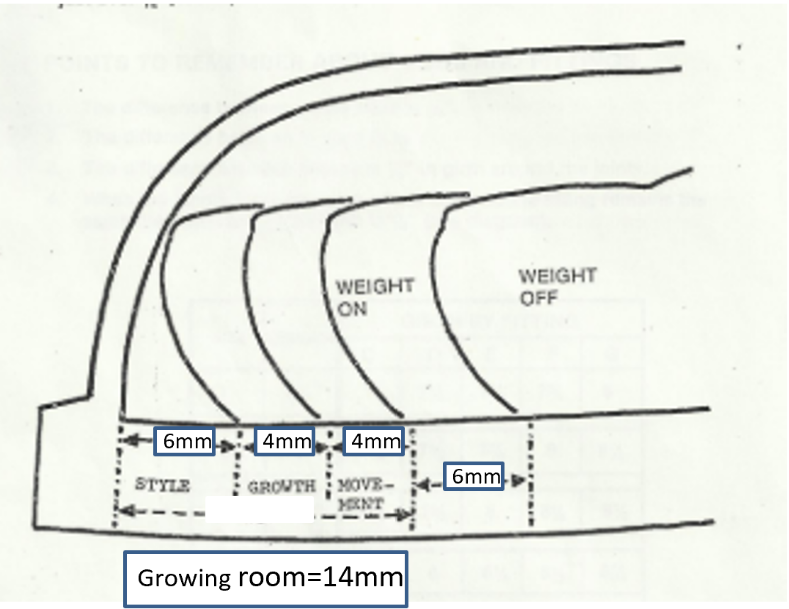
The safest way to proceed if you need a new pair is to go up a ½ or potentially whole size in the same shoe in the same width fitting. When you go up a shoe size, a shoe becomes both longer and proportionately wider too. If you can identify the style that you have had before, and fit well, you can typically find a new pair with relative ease when consulted by an expert. Styles made on the same last are generally safest – since the shape of the style is consistent.
All of our store managers have completed extensive shoe fitting training with the Society of Shoe Fitters. Begg Shoes is a member of the Children’s Foot Health register too.
We hope that you are now confident with how to measure kids feet at home and ready to put into practice all that you have learned. Should you be located nearby one of our stores, all of our managers have completed extensive shoe fitting training with the Society of Shoe Fitters and are more than happy to help.
